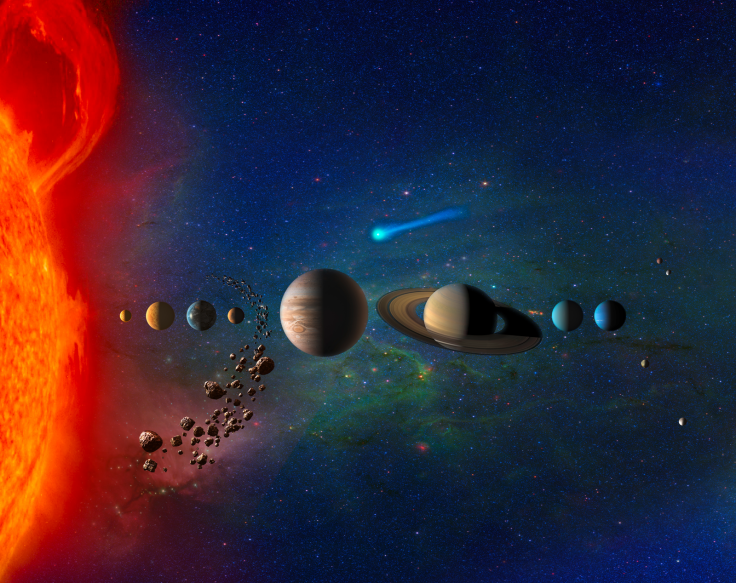Meteorites' Unique Composition From Inner And Outer Solar System Surprises Scientists

KEY POINTS
- Scientists can typically determine where in the solar system a meteorite was formed
- Meteorites formed in the inner and outer solar system have different compositions
- This is because of the presence of the Jupiter gap
- Researchers found 2 rare meteorites with material from both the inner and outer solar system
- The find suggests there is a bridge between the known gap
Researchers report of rare meteorites composed of materials from the inner and outer solar system despite the presence of the Jupiter gap. The findings provide a better understanding of how our solar system formed.
Planets are believed to have formed from the leftover disk of gas and dust that form around new stars. These materials that eventually formed the planets can be observed within a type of meteorites known as chondrites. Only recently, for instance, a team of researchers even had a peek at the building blocks of the solar system thanks to a coal-black chrondite that they determined to have been from the time even before the sun was formed.
Scientists can also determine where in the solar system the meteorite may have formed based on its composition, whether they formed closer to the sun or in the outer solar system. The two types of meteorites had previously been determined to be carbonaceous meteorites that come from the outer solar system and noncarbonaceous meteorites from closer to the sun.
The reason why there even is a difference between these ancient meteorites is that once Jupiter had formed, a gap was created between the part of the disk closer to the sun and farther from it. As a result, the meteorites that were formed after the gap had markedly different compositions.
However, a team of researchers studying these ancient objects found evidence of meteorites with material from both parts of the disk. Specifically, the team studied individual chondrules from two meteorites, the Allende meteorite that fell in Mexico in 1969 and the Karoonda meteorite that fell in Australia in 1930, and found that they contain materials from the inner and outer solar system.
This suggests that one way or another, material from the inner solar system may have crossed the gap to form with materials from the outer solar system.
"Mixing with primordial refractory components reveals a "missing reservoir" that bridges the gap between inner and outer Solar System materials," the researchers wrote in their study published in PNAS.
According to the researchers, there are two possible explanations for how this came to be.
"One is that there was still movement along the disk midplane, although it should have been stopped by Jupiter," study co-author Curtis Williams of the University of California, Davis (UC Davis) said in the university news release. "The other is that winds in the inner solar system could have lofted particles over the Jupiter gap."
This could mean that the supposedly strong barrier that formed when Jupiter came to be might not be as impervious as once thought.
Regardless of how the materials came to mix together, the researchers' discovery helps build a better picture of how our solar system and even other planets were formed.
"If we understand the transport, we can understand the properties of the disk and infer how the planets were built," study co-author Qing-zhu Yin, also of UC Davis, said in the news release.

© Copyright IBTimes 2025. All rights reserved.






















